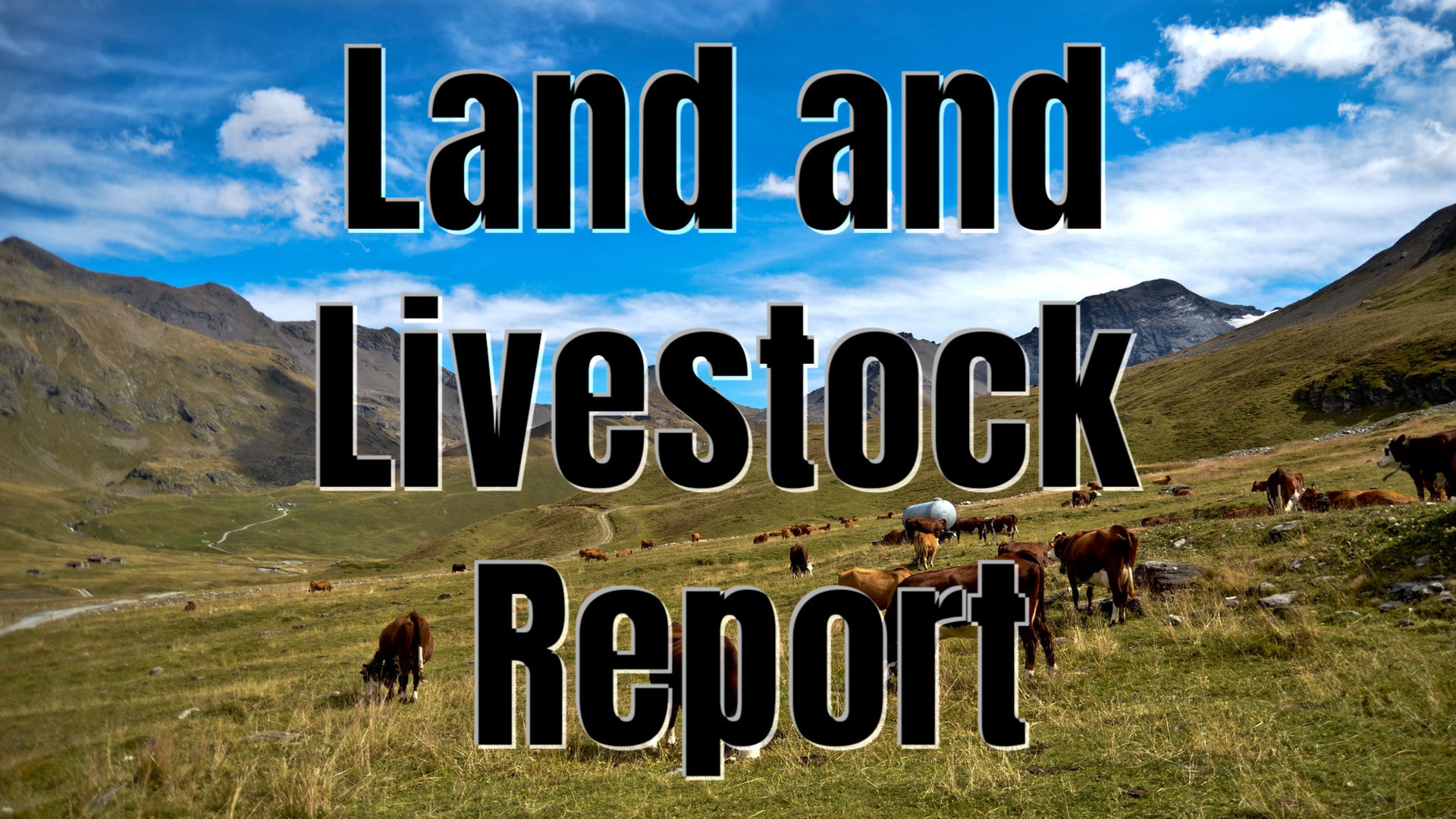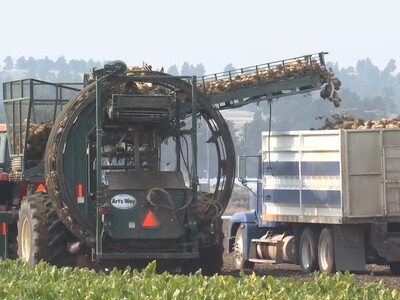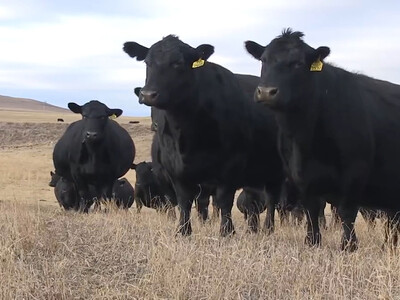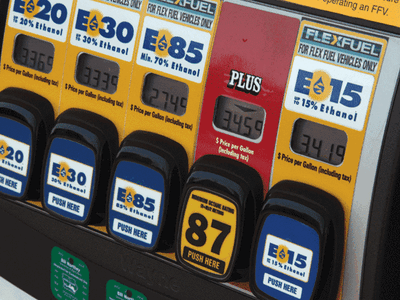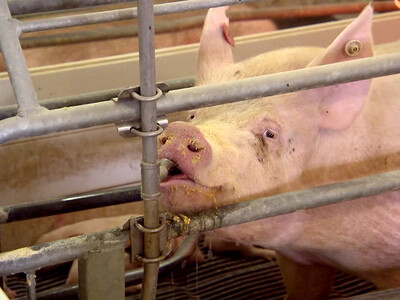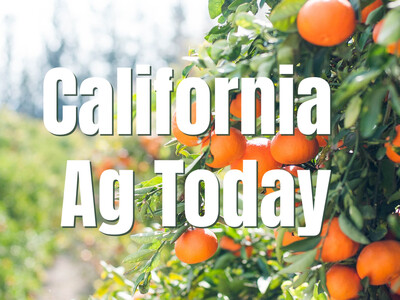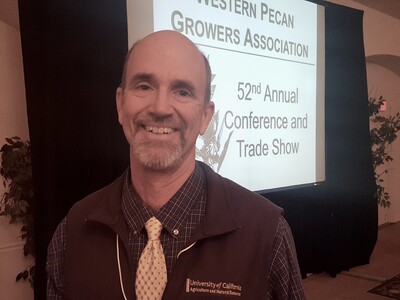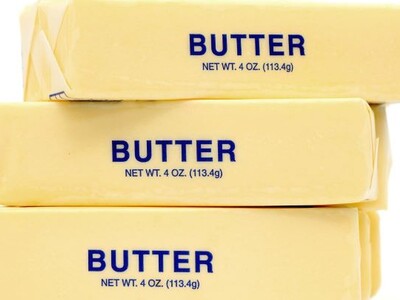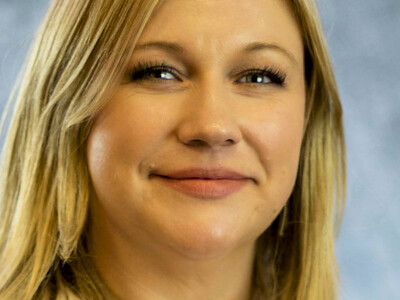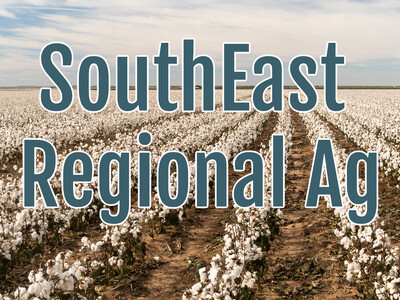How To Read a Forage Test
Now that winter is upon us hay feeding season is in full-swing. Do you know and understand the nutritional value of the hay you are feeding your herd?Oregon State University Extension Livestock and Rangeland field faculty member Dr. Sergio Arispe says that although a visual examination of your hay can give you some idea of the quality, a forage test will provide a more quantitative evaluation of your hay. Once you have those forage test results, OSU has a reference publication available to assist in brushing up on the terms and definitions.
Arispe: "What our document does is it defines all of the different nutritional measurements you are going to see on your report. So it is going to highlight things like what is dry matter; what is moisture; crude protein. It is going to go line-by-line so you know what the values mean. We also have a few calculations in there that will allow individuals to know how much protein is actually within their hay bales. The second reason this is important, is because whenever you feed your cows, you will need to know how much protein is in it — like I just mentioned — so when you go to purchase forage but also when you go to feed that forage — what is the animal going to use. So this publication really irons that out and makes it very clear as far as what those measurements are and what they mean."
If you need a quick review on how to read a forage test or what the terms mean, you can find the OSU' publication at catalog.extension.oregonstate.edu/em8801


